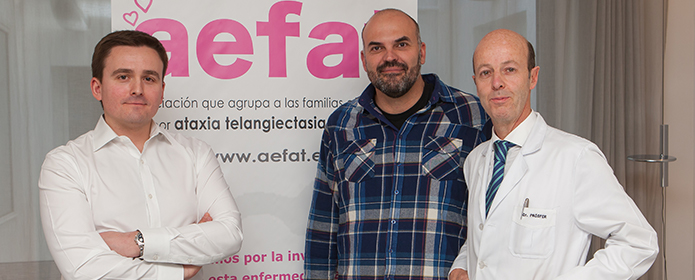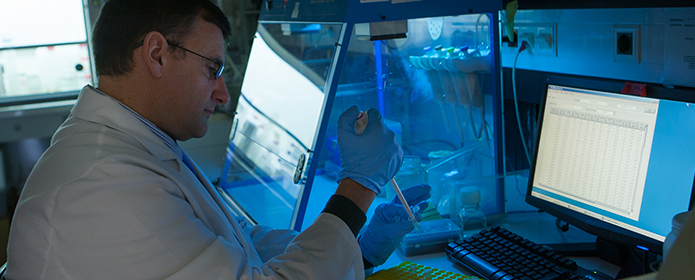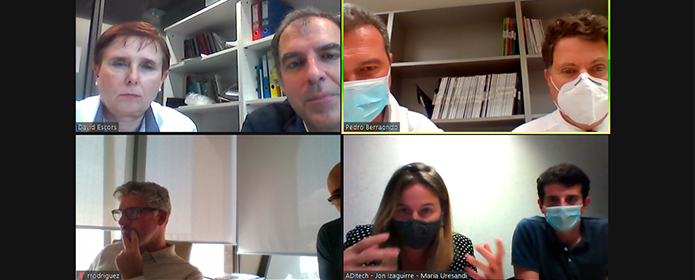The Cima and the Clinic support Aefat in raising awareness of ataxia telangiectasia, a rare disease with no cure.
Through an international campaign, they seek to give visibility to this disabling neurodegenerative disease Genetics and to promote its treatment. research

Aefat, association , which brings together some 30 families affected by ataxia telangiectasia in Spain, has launched an international campaign to raise awareness of this rare disease without a cure and to raise funds for its treatment research. This initiative has united for the first time ten family associations from all over the world. In addition to Aefat, associations from the United Kingdom(Action for AT and AT Society), the United States(AT Children's Project), Australia(BrashAT), Italy(Associazione Nazionale A-T), France(AT Europe), Turkey(Atileyasam), Switzerland(Live Association), the Netherlands(Twan Foundation) and also families from countries where association does not yet exist, such as Argentina, are participating. Through a video with the participation of family members and children and young people with ataxia telangiectasia, the aim is to raise public awareness of a rare disease that is socially unknown. The video will be broadcast in each of the countries, with subtitles at language.
Ataxia telangiectasia (AT) is a highly disabling neurodegenerative disease Genetics that requires the use of a wheelchair by the age of 9 years and affects numerous organs, causing immunodeficiency, respiratory problems and increased predisposition to cancer development .
Thanks to the financial aid of Aefat, the Clínica Universidad de Navarra and the Cima are developing a project of research in preclinical models of TA that proposes the use of gene editing strategies using CRISPR/Cas9 technology. With this technology they seek to correct the mutations (or errors in the DNA sequence) of the ATM gene, which causes ataxia telangiectasia, in hematopoietic stem cells (immature cells that can be transformed into all types of blood cells, such as white blood cells, red blood cells and platelets).
This research is led by Dr. Felipe Prósper, director of the area Cell Therapy and co-director of the Clinic's Hematology Service, and Borja Sáez, researcher of the Hemato-oncology Program at Cima. According to the researchers, the aim of this work is to find a treatment that improves the quality of life of patients and their families and to halt the progression of the effects of this disease.
Everyone who wants to participate in the campaign is invited to share on their social networks a short video in which they say "I support the research of ataxia telangiectasia".




